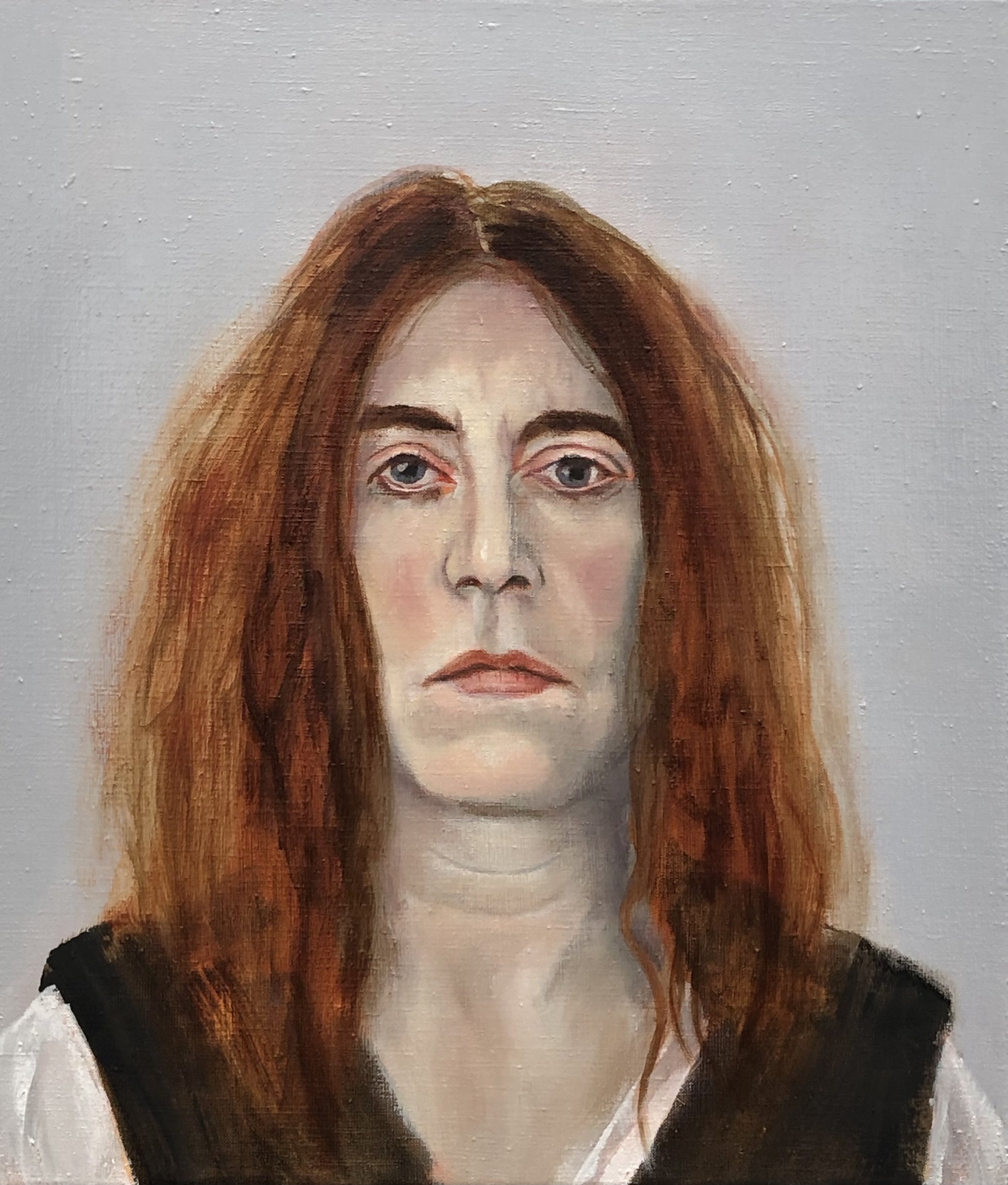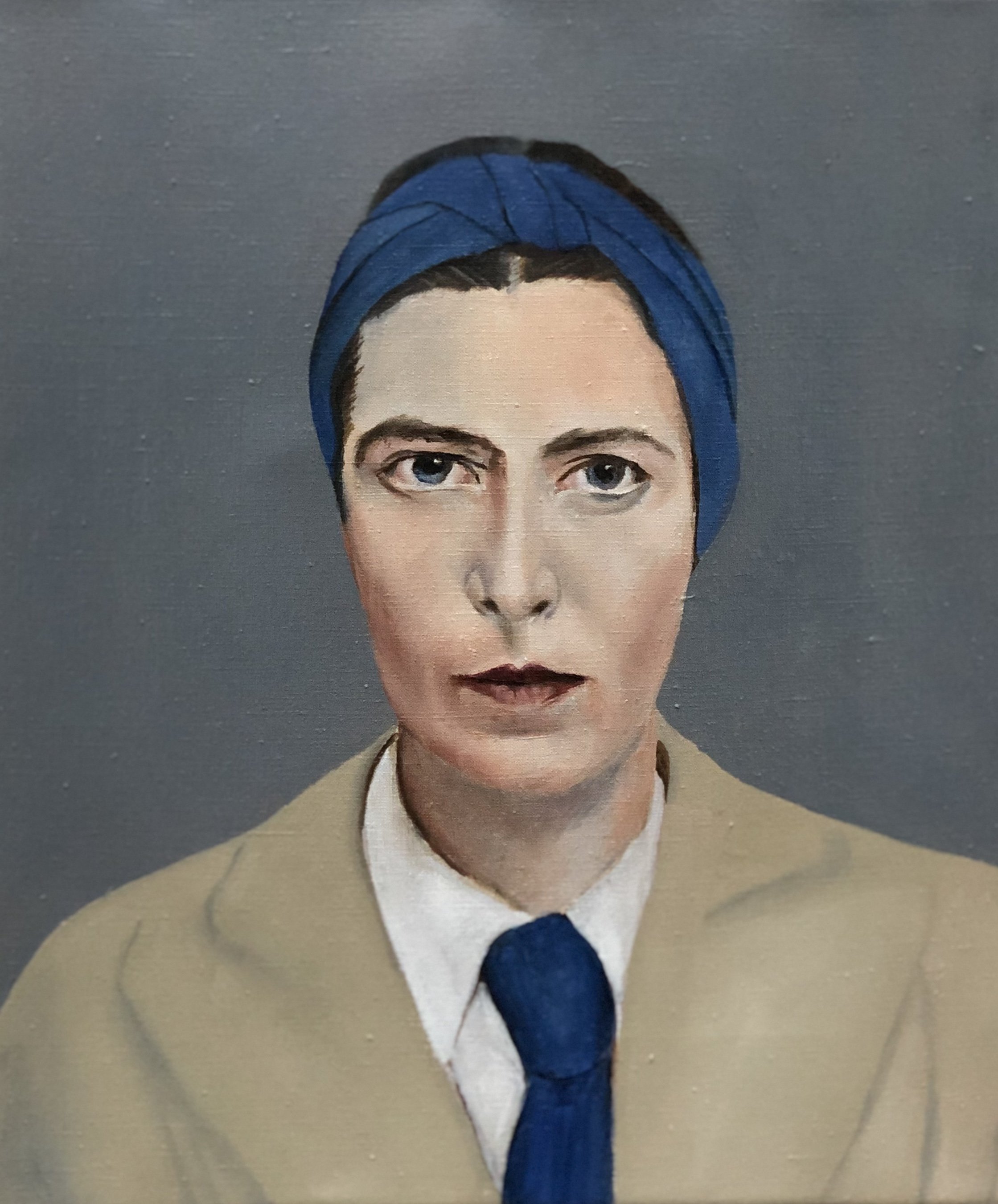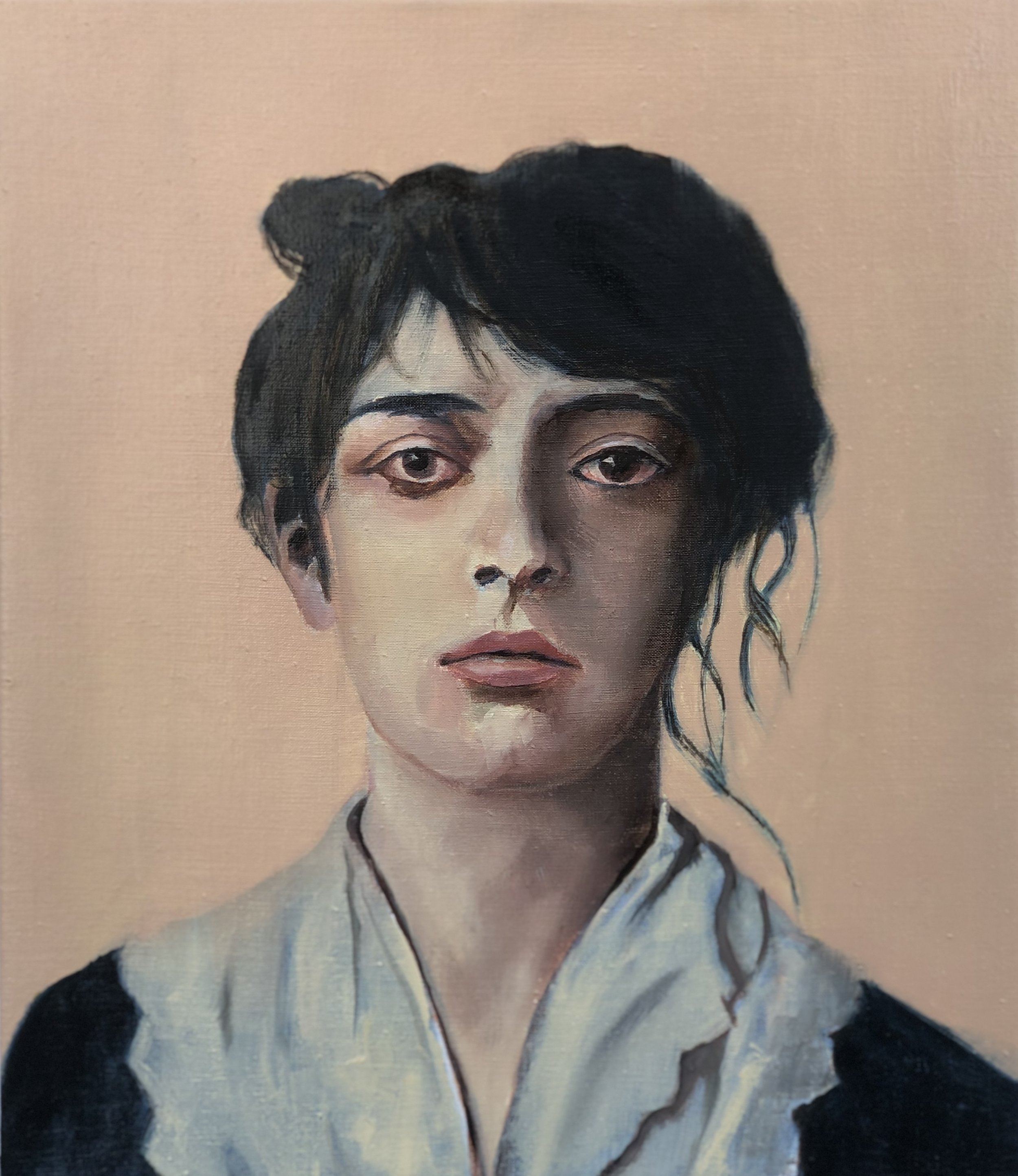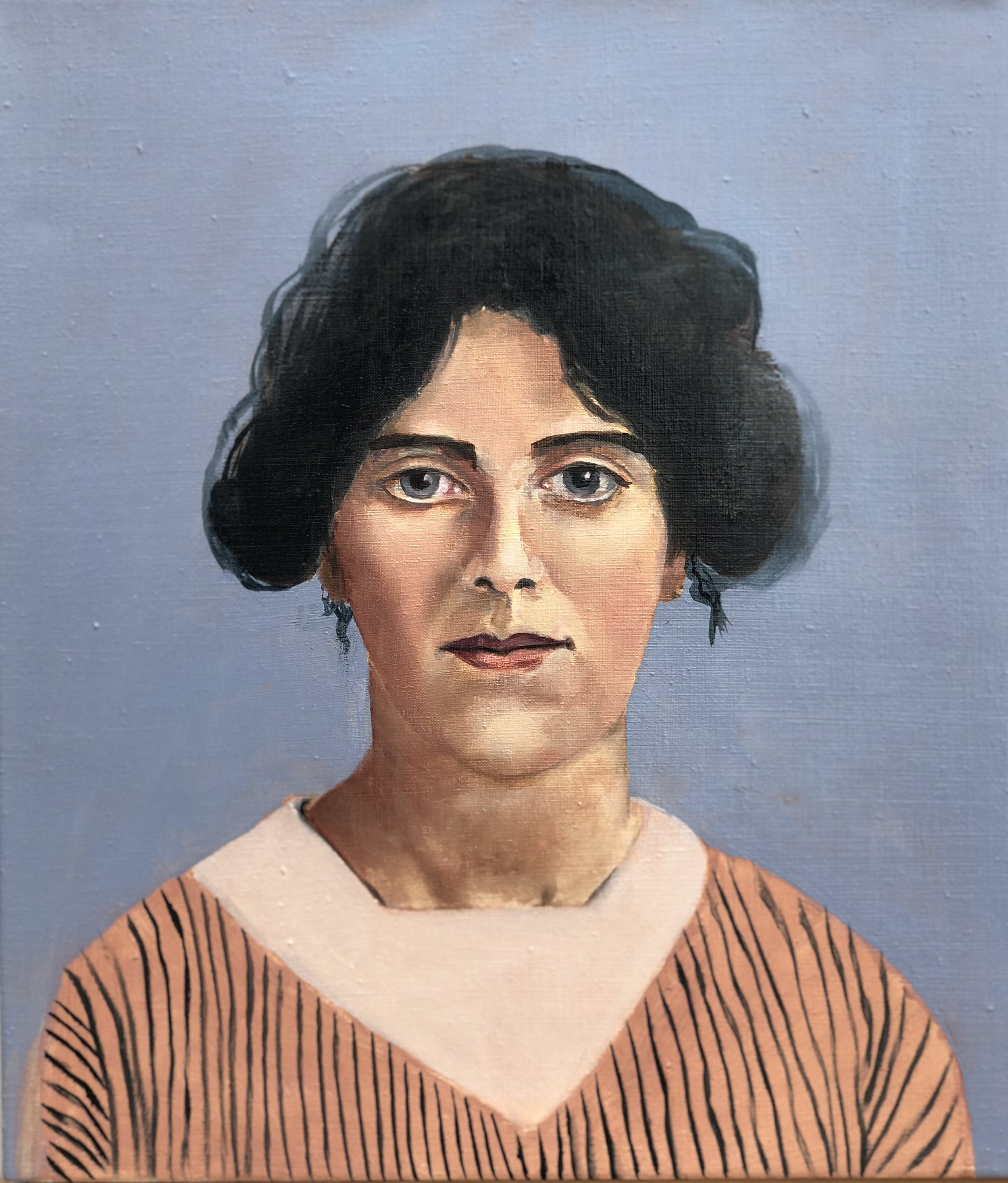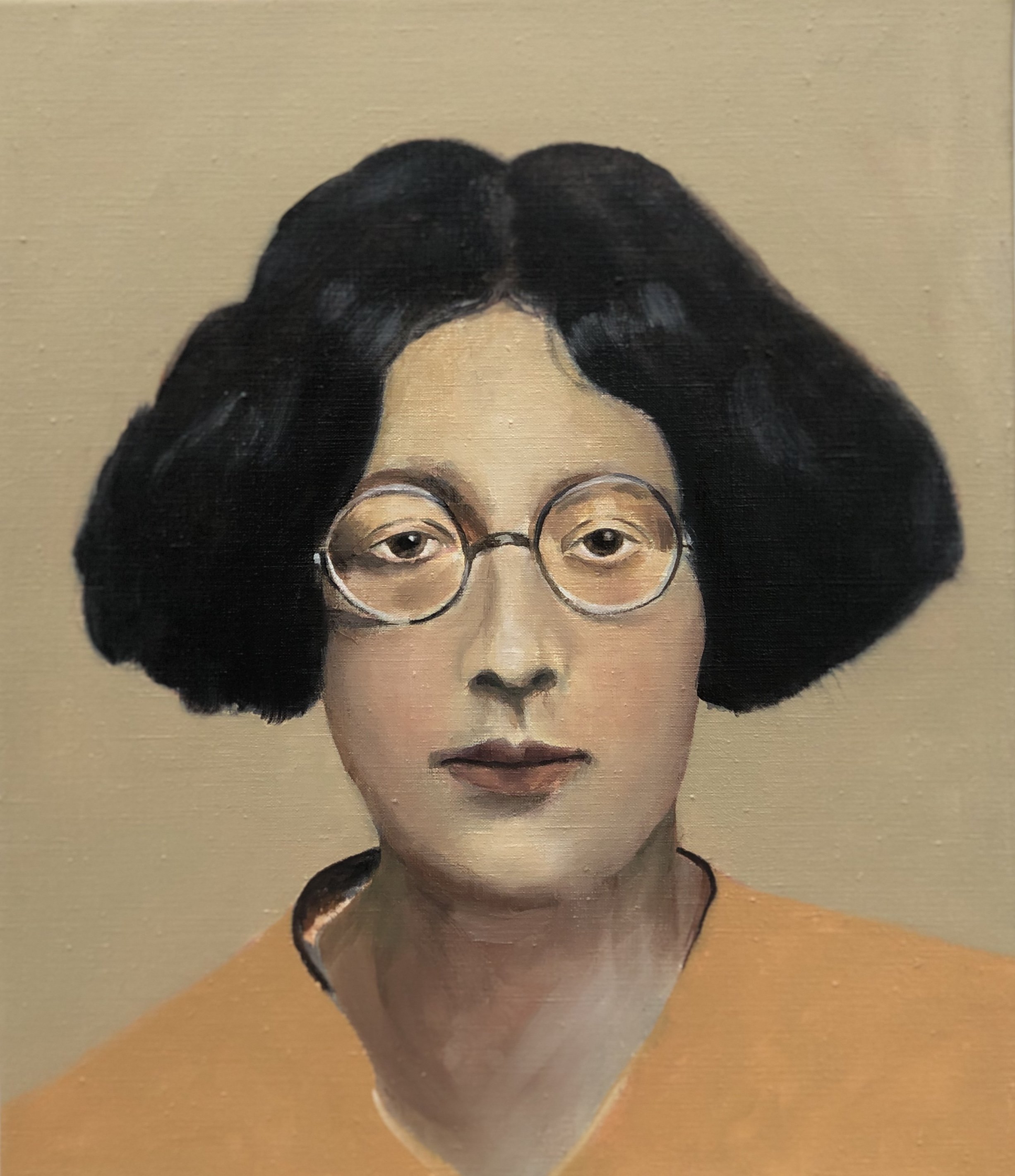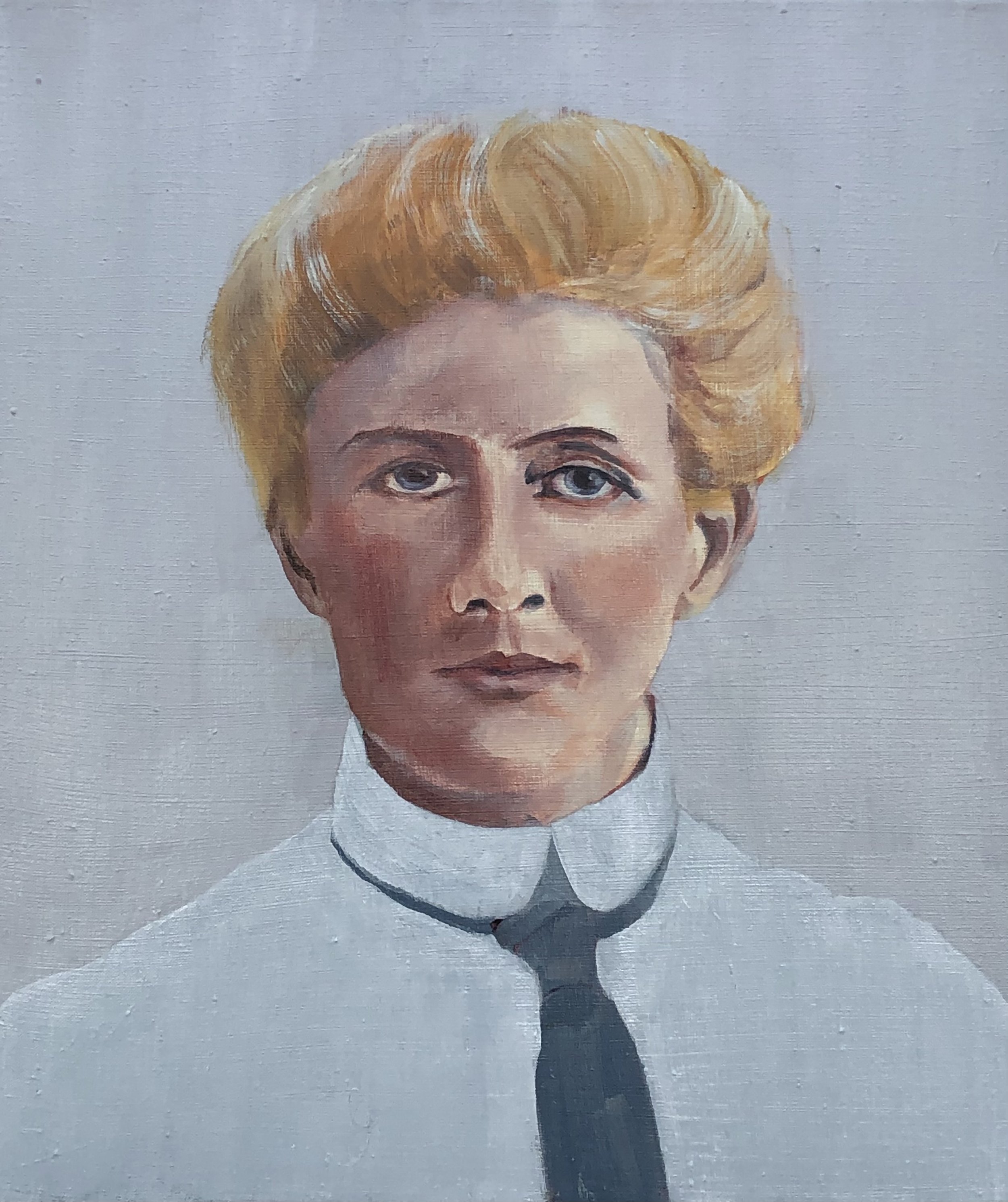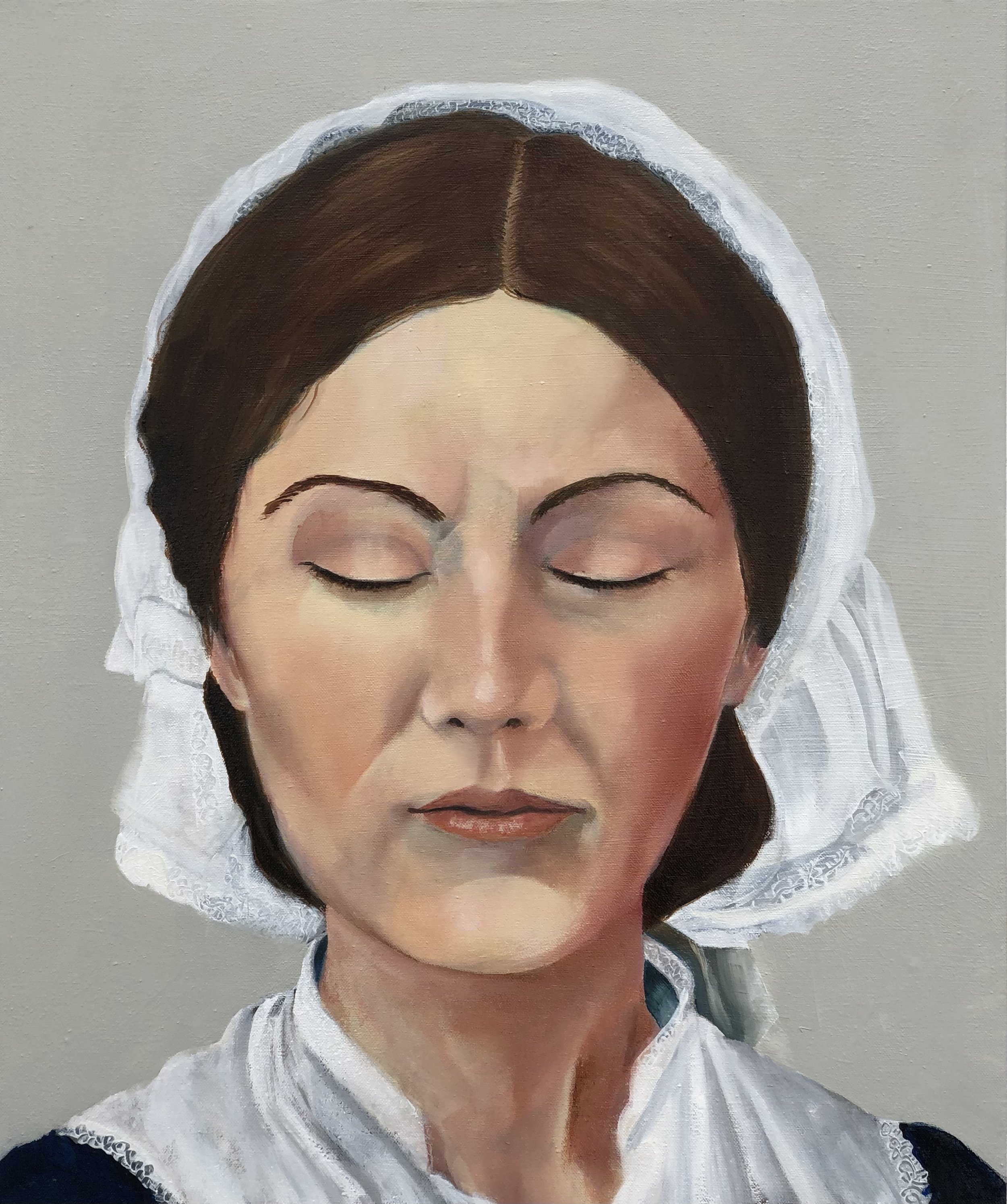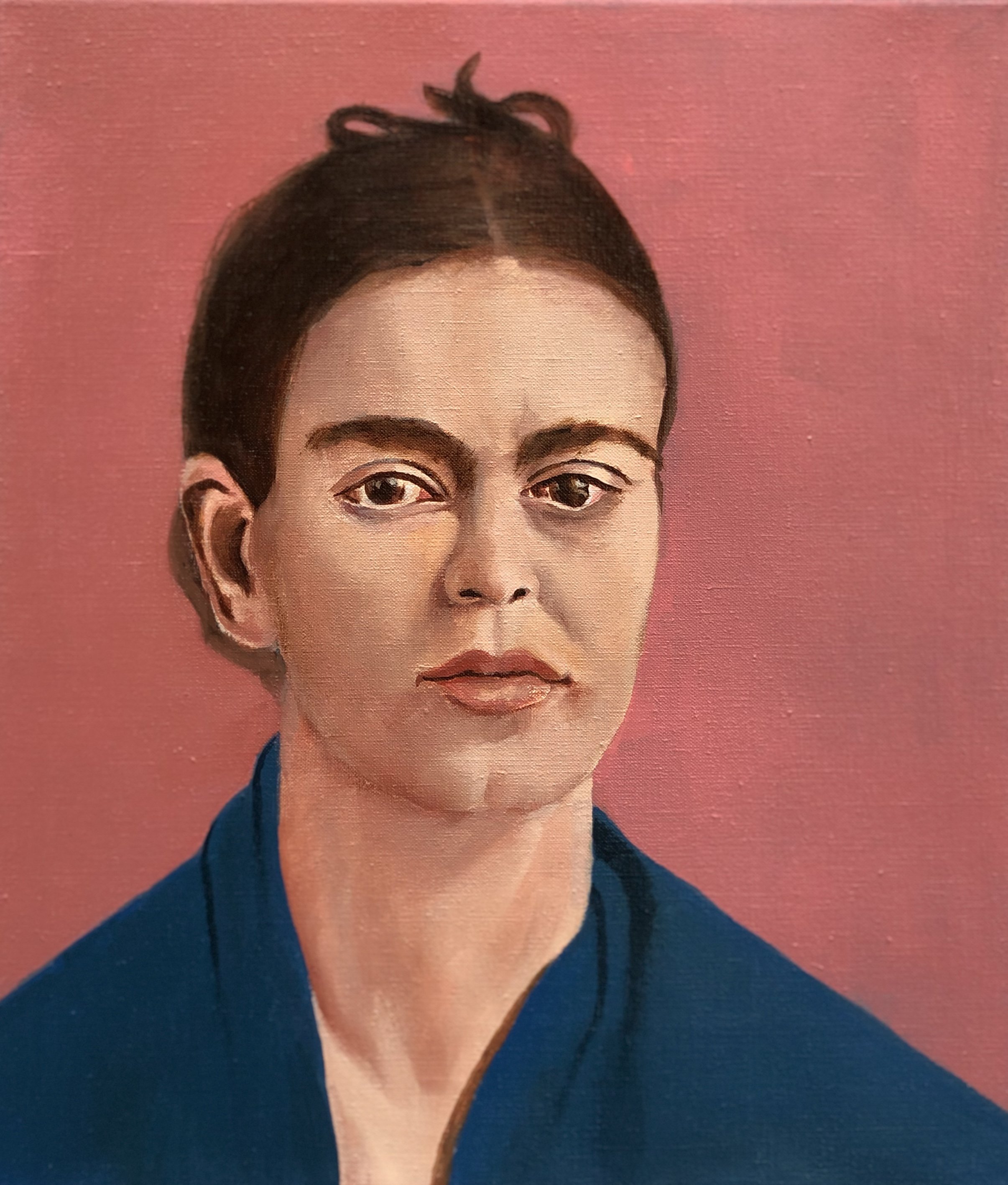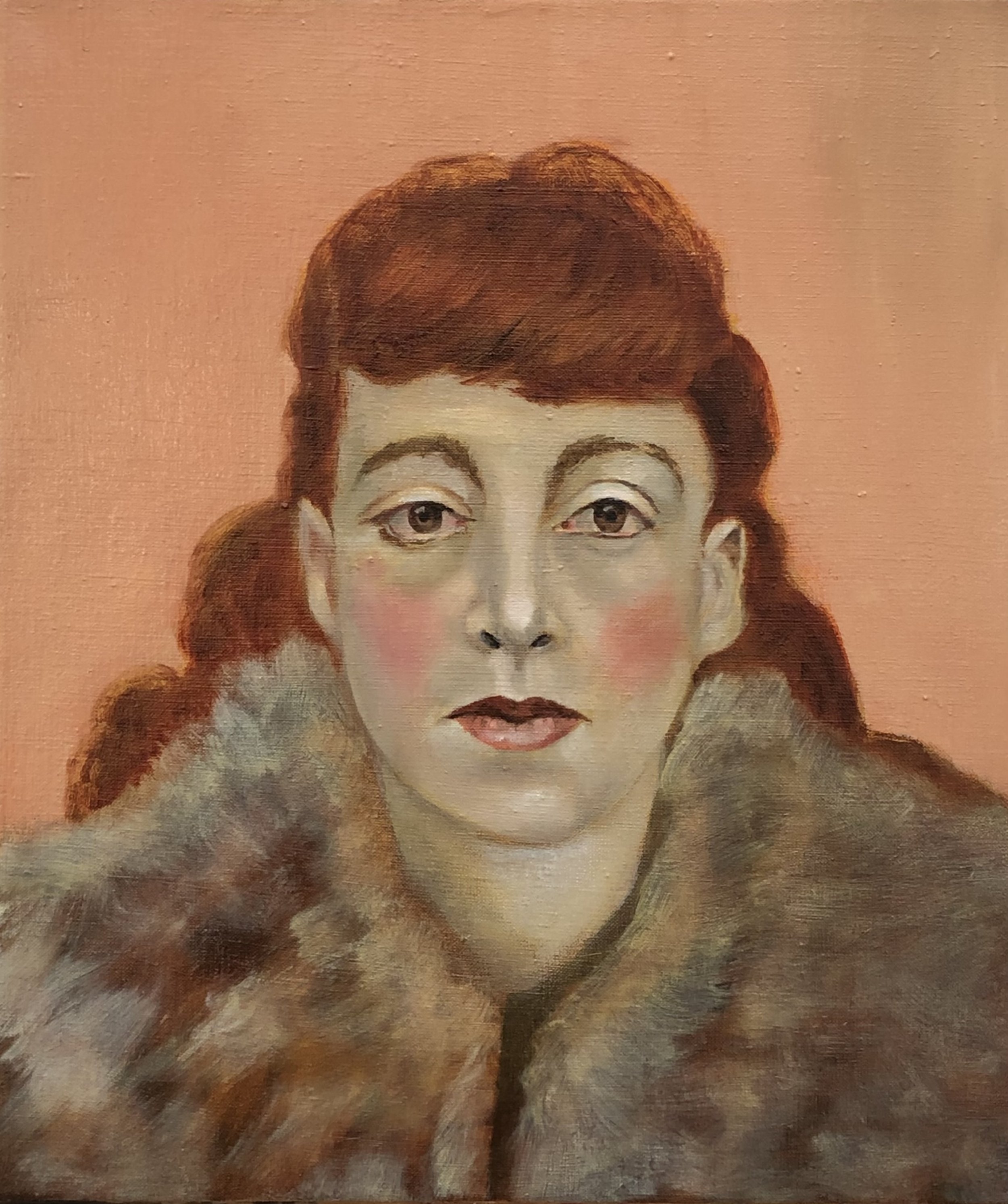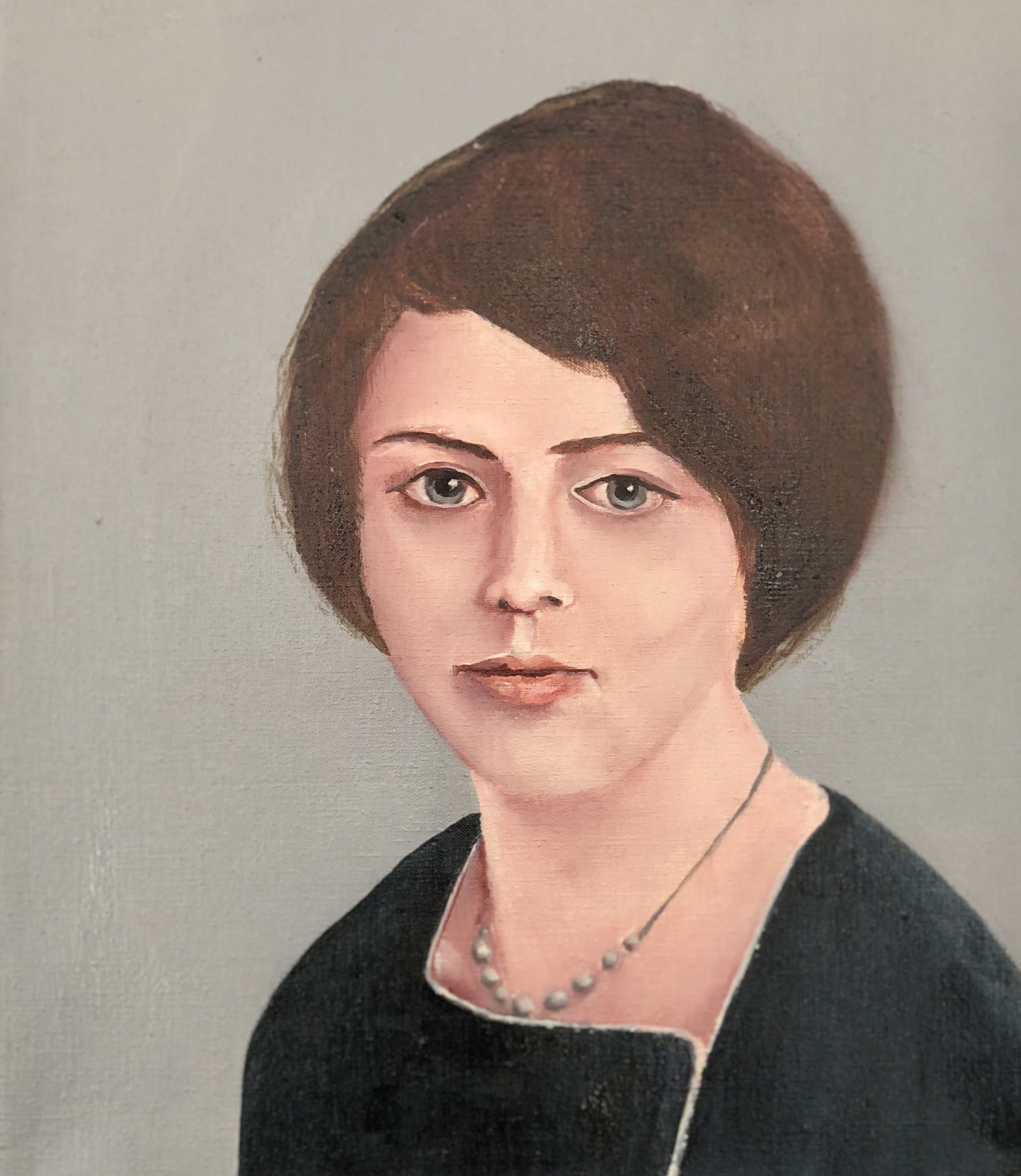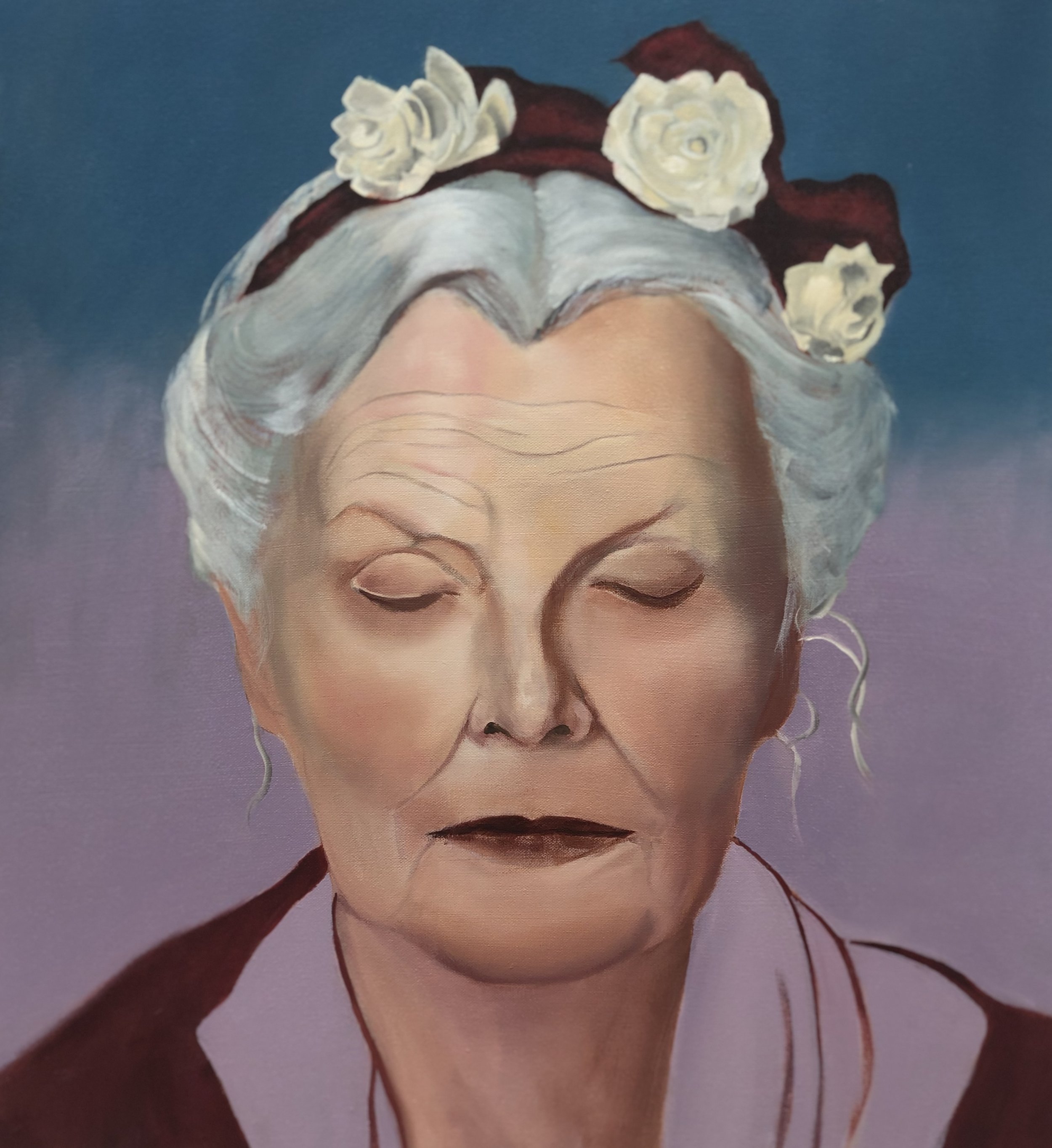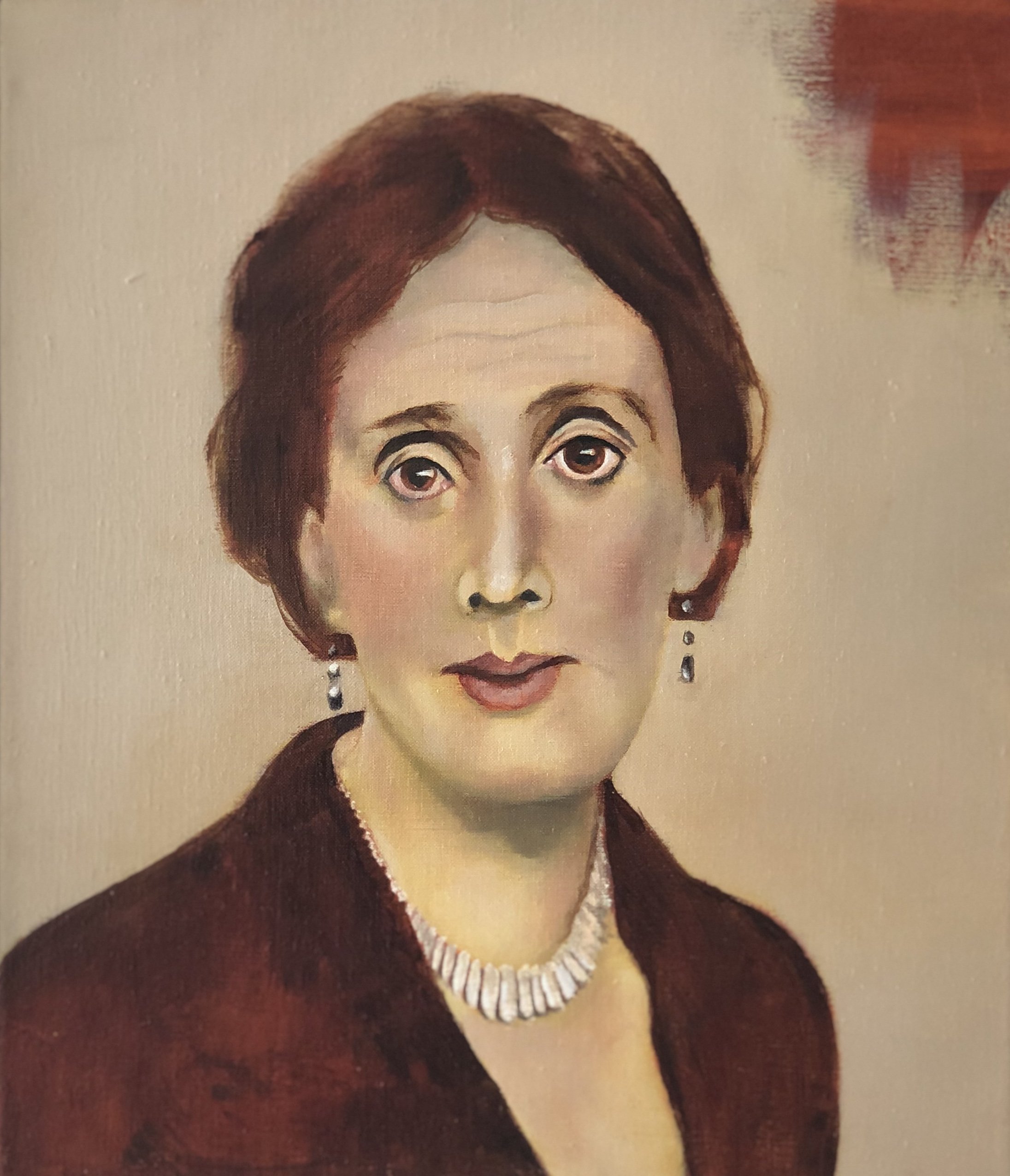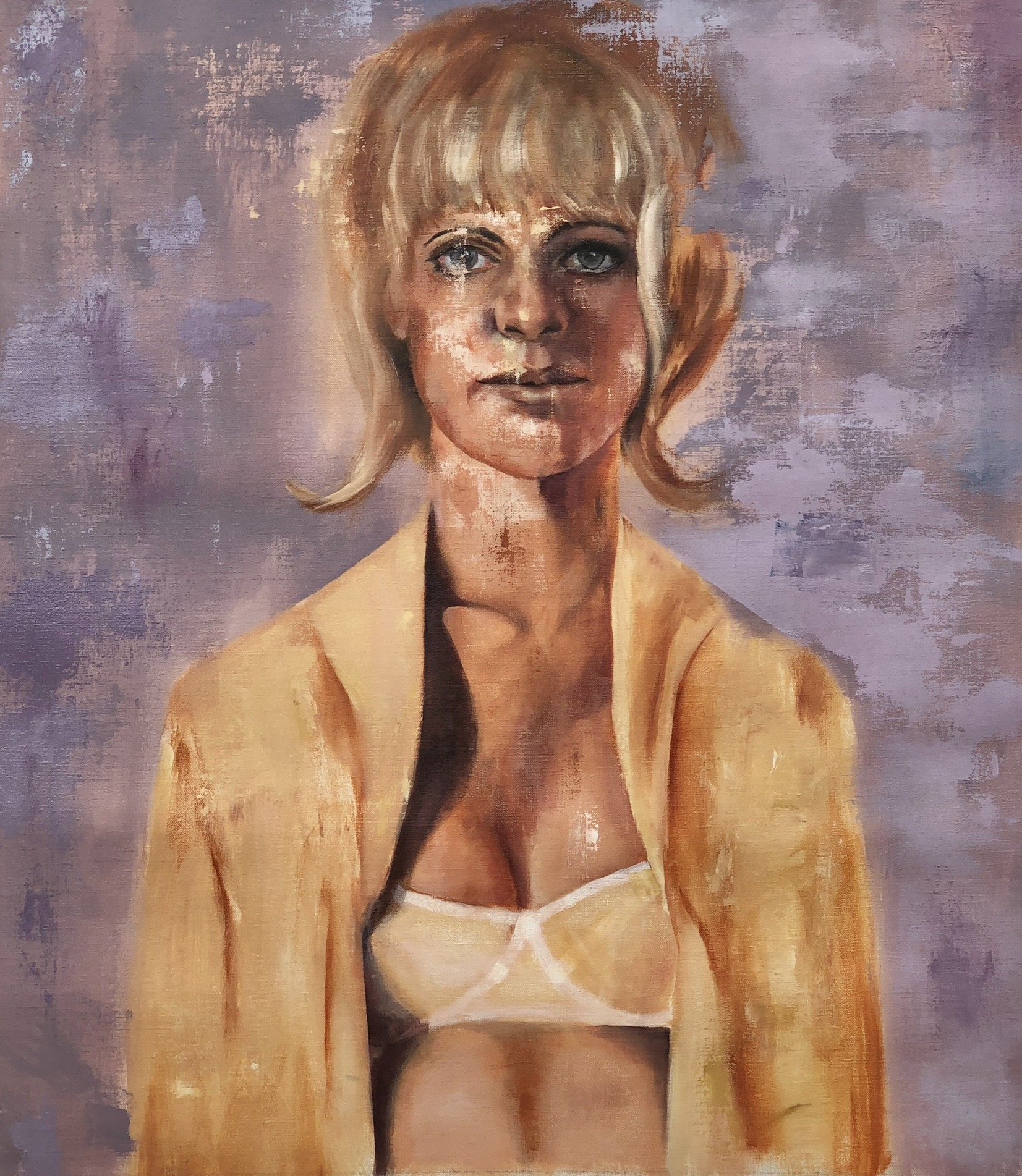Born on August 4, 1792, the year of the Terror in France, Percy Bysshe Shelley was to become one of the major English Romantic poets, widely regarded as one of the finest lyric and philosophical poets in the English language. In August 1811, Shelley eloped with Harriet Westbrook, a 16-year-old woman his parents had explicitly forbidden him to see. His love for her was centred on the hope that he could save her from committing suicide and although Shelley’s relationship with Harriet remained troubled, the young couple had two children together. Their daughter, Elizabeth Ianthe, was born in June 1813, when Shelley was 21. Before their second child was born, Shelley abandoned his wife and immediately took up with another young woman. Well-educated and precocious, his new love interest was named Mary, the daughter of Shelley’s beloved mentor, William Godwin, and Mary Wollstonecraft, the famous feminist author of “A Vindication of the Rights of Women”.
Percy Bysshe Shelley Oil on Linen 60×50 cm 🟢
Ozymandias
By Percy Bysshe Shelley
I met a traveller from an antique land,
Who said—“Two vast and trunkless legs of stone
Stand in the desert. . . . Near them, on the sand,
Half sunk a shattered visage lies, whose frown,
And wrinkled lip, and sneer of cold command,
Tell that its sculptor well those passions read
Which yet survive, stamped on these lifeless things,
The hand that mocked them, and the heart that fed;
And on the pedestal, these words appear:
My name is Ozymandias, King of Kings;
Look on my Works, ye Mighty, and despair!
Nothing beside remains. Round the decay
Of that colossal Wreck, boundless and bare
The lone and level sands stretch far away.”
Ozymandias Oil on Paper 55×55 cm 🔴
This sonnet from 1817 is probably Shelley’s most famous and most anthologized poem—which is somewhat strange, considering that it is in many ways an atypical poem for Shelley, and that it touches little upon the most important themes in his oeuvre at large (beauty, expression, love, imagination). It was the inspiration for my monochrome portrait of Shelley. Ozymandias is first and foremost a metaphor for the ephemeral nature of political power, and also a metaphor for the pride and hubris of all of humanity; Shelley demonstrates that art and language long outlast the other legacies of power.
Percy Bysshe Shelley Oil on Linen 35×30 cm 🟢



